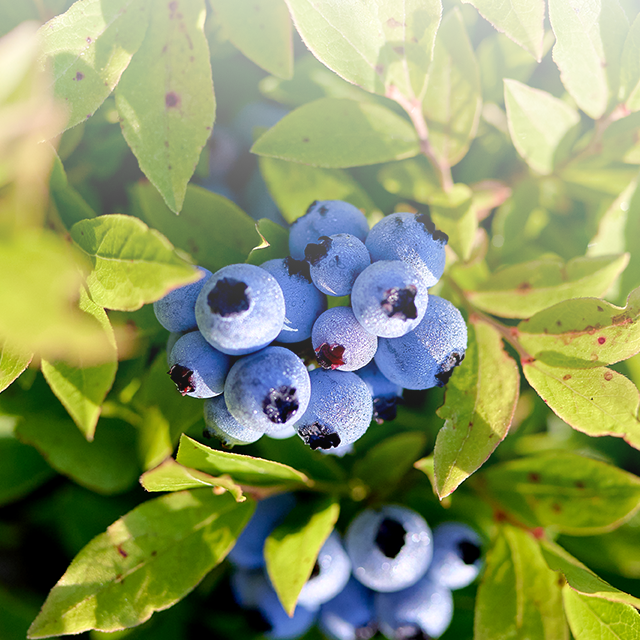WILD BLUEBERRY ASSOCIATION OF NORTH AMERICA
Since 1997, the Wild Blueberry Association of North America (WBANA) has been collaborating with elite scientists all over the world to help study the health benefits of wild blueberries. WBANA is dedicated to furthering research that explores the health potential of wild blueberries and annually funds research studies that help advance the understanding of the nutritional and human health benefits of wild blueberries.
Here you’ll find health research in eight important areas. While the number of studies in each area is extensive, the research listed in each category below details the most impactful and/or most current.
AREAS OF RESEARCH
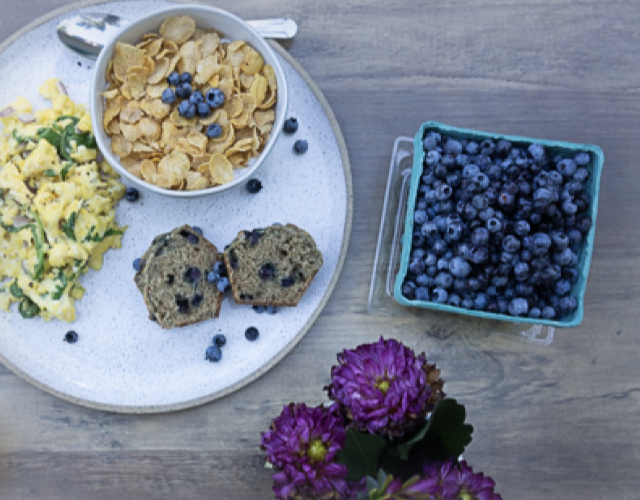

Nutrient & Bioactive Composition
Nutrient & Bioactive Composition
Consuming a diet rich in fruit and vegetable bioactive flavonoids contributes to human health, based on evidence from numerous long term population studies. For example, greater food flavonoid intake is positively correlated with longer life span and with delayed cognitive decline. Five major groups of flavonoids are distributed among specific fruits and vegetables.
One type of flavonoid, called anthocyanins, are the pigments found in blue, purple red berry-colored crops. Wild blueberries have a higher anthocyanin concentration that almost all other fruits and berries. Wild blueberries are also abundant in fiber and contain several vitamins and micronutrients.
View Abstracts

Brain & Cognition
Brain & Cognition
There’s a growing body of evidence linking the consumption of wild blueberries and regular blueberries with brain health and cognitive performance. For example, greater intake of deeply pigmented berries, like wild blueberries, is associated with slower cognitive decline based on long term observational studies. And, although more sensitive testing methods are needed, numerous clinical studies document benefits of wild blueberry, blueberry and anthocyanin intake across a range of populations of people, differing in age and cognitive ability. Specifically, studies have documented improvements in aspects of memory, executive function and processing speed.
Research into how anthocyanins may bring about cognitive and brain health benefits is being conducted around the world. It’s likely that impacts on improved blood and oxygen flow to the brain are involved. In addition, recent studies are examining cognitive performance in subjects who have poor metabolic control and insulin resistance. The documented benefits of wild blueberries (and blueberries in general) on brain health and cognition may reflect, more broadly, the effects of their consumption on metabolic regulation.
View Abstracts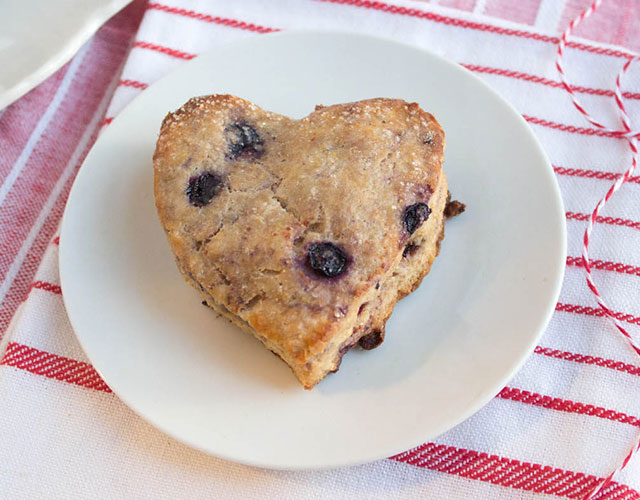

Heart Health
Heart Health
Over the last decades, wild blueberries and their anthocyanins have been investigated in the area of heart health, owing to evidence of their benefits based on population studies. A meta-analysis of clinical and long term studies revealed that markers of cardiovascular disease risk were lower with greater blueberry consumption, and that circulating biomarkers of systemic inflammation were also reduced. The greatest effects were on improving blood lipids (increasing HDL ‘good’ cholesterol and reducing LDL ‘bad’ cholesterol and total cholesterol), and blood lipid improvements have also been noted in individuals with metabolic syndrome.
Clinical studies have shown associations between wild blueberry and blueberry intake and better regulation of blood flow (which represents vascular health) and improved blood pressure in a variety of population groups and health conditions. The range of heart-health benefits documented for wild blueberries may in part reflect their broader impact on metabolic regulation. Good metabolic regulation reflects the nexus of cardiovascular health, blood sugar regulation, gut and brain health, which are all areas where blueberries and anthocyanins have demonstrated benefits
View AbstractsNutrient & Bioactive Composition
Consuming a diet rich in fruit and vegetable bioactive flavonoids contributes to human health, based on evidence from numerous long term population studies. For example, greater food flavonoid intake is positively correlated with longer life span and with delayed cognitive decline. Five major groups of flavonoids are distributed among specific fruits and vegetables.
One type of flavonoid, called anthocyanins, are the pigments found in blue, purple red berry-colored crops. Wild blueberries have a higher anthocyanin concentration that almost all other fruits and berries. Wild blueberries are also abundant in fiber and contain several vitamins and micronutrients.
View AbstractsBrain & Cognition
There’s a growing body of evidence linking the consumption of wild blueberries and regular blueberries with brain health and cognitive performance. For example, greater intake of deeply pigmented berries, like wild blueberries, is associated with slower cognitive decline based on long term observational studies. And, although more sensitive testing methods are needed, numerous clinical studies document benefits of wild blueberry, blueberry and anthocyanin intake across a range of populations of people, differing in age and cognitive ability. Specifically, studies have documented improvements in aspects of memory, executive function and processing speed.
Research into how anthocyanins may bring about cognitive and brain health benefits is being conducted around the world. It’s likely that impacts on improved blood and oxygen flow to the brain are involved. In addition, recent studies are examining cognitive performance in subjects who have poor metabolic control and insulin resistance. The documented benefits of wild blueberries (and blueberries in general) on brain health and cognition may reflect, more broadly, the effects of their consumption on metabolic regulation.
View AbstractsHeart Health
Over the last decades, wild blueberries and their anthocyanins have been investigated in the area of heart health, owing to evidence of their benefits based on population studies. A meta-analysis of clinical and long term studies revealed that markers of cardiovascular disease risk were lower with greater blueberry consumption, and that circulating biomarkers of systemic inflammation were also reduced. The greatest effects were on improving blood lipids (increasing HDL ‘good’ cholesterol and reducing LDL ‘bad’ cholesterol and total cholesterol), and blood lipid improvements have also been noted in individuals with metabolic syndrome.
Clinical studies have shown associations between wild blueberry and blueberry intake and better regulation of blood flow (which represents vascular health) and improved blood pressure in a variety of population groups and health conditions. The range of heart-health benefits documented for wild blueberries may in part reflect their broader impact on metabolic regulation. Good metabolic regulation reflects the nexus of cardiovascular health, blood sugar regulation, gut and brain health, which are all areas where blueberries and anthocyanins have demonstrated benefits
View Abstracts

Gut Health
Gut Health
Scientists are learning more about the large and complex community of bacteria residing in the gastrointestinal tract—commonly referred to as the gut microbiome. The effects of eating different types foods on the gut microbiome is a keen research interest, although the implications of any findings on human health is largely unknown at this point.
Wild blueberries and their anthocyanins may benefit health via their effects on the gut microbiome. Wild blueberries have been shown to increase the diversity of bacterial species, and the occurrence of desirable bacterial species in the gut microbiome.
Obesity and poor glucose regulation are major risk factors for poor gut health due in part to their undesirable effects on the community of gut bacteria. Wild blueberries and regular blueberries are associated with reduced systemic inflammation and improved blood sugar regulation, and therefore may be useful for maintaining gut health.
View Abstracts

Metabolic Health
Metabolic Health
Being metabolically healthy refers to our body’s ability to efficiently digest, absorb and convert the food we eat to energy so that our body works optimally. Metabolic health is whole-body health because it contributes to heart health, brain health, good blood sugar regulation, gut health and weight management. The food choices we make impact the health of our bodies and minds. Eating a healthy diet can help you avoid health conditions like type 2 diabetes, overweight, cognitive decline, and heart disease.
Wild blueberries and their anthocyanins support whole body health and metabolic regulation.
This includes benefits to the:
- the cardiovascular system
- diabetes control
- weight management
- brain health
The favorable whole-body effects of consuming wild blueberries and regular blueberries are well-documented in a variety of population groups, including people who have diagnosed metabolic syndrome, those at risk for hypertension, people with obesity, and healthy individuals, too. For 25 years and counting, researchers have shown that eating wild blueberries regularly is linked with benefits that promote whole-body health.
View Abstracts

Exercise
Exercise
There’s a growing body of evidence that consuming wild blueberries and regular blueberries can benefit athletic performance, may enhance recovery from strenuous exercise events, and can promote fat oxidation during moderate exercise.
View AbstractsGut Health
Scientists are learning more about the large and complex community of bacteria residing in the gastrointestinal tract—commonly referred to as the gut microbiome. The effects of eating different types foods on the gut microbiome is a keen research interest, although the implications of any findings on human health is largely unknown at this point.
Wild blueberries and their anthocyanins may benefit health via their effects on the gut microbiome. Wild blueberries have been shown to increase the diversity of bacterial species, and the occurrence of desirable bacterial species in the gut microbiome.
Obesity and poor glucose regulation are major risk factors for poor gut health due in part to their undesirable effects on the community of gut bacteria. Wild blueberries and regular blueberries are associated with reduced systemic inflammation and improved blood sugar regulation, and therefore may be useful for maintaining gut health.
View AbstractsMetabolic Health
Being metabolically healthy refers to our body’s ability to efficiently digest, absorb and convert the food we eat to energy so that our body works optimally. Metabolic health is whole-body health because it contributes to heart health, brain health, good blood sugar regulation, gut health and weight management. The food choices we make impact the health of our bodies and minds. Eating a healthy diet can help you avoid health conditions like type 2 diabetes, overweight, cognitive decline, and heart disease.
Wild blueberries and their anthocyanins support whole body health and metabolic regulation.
This includes benefits to the:
- the cardiovascular system
- diabetes control
- weight management
- brain health
The favorable whole-body effects of consuming wild blueberries and regular blueberries are well-documented in a variety of population groups, including people who have diagnosed metabolic syndrome, those at risk for hypertension, people with obesity, and healthy individuals, too. For 25 years and counting, researchers have shown that eating wild blueberries regularly is linked with benefits that promote whole-body health.
View AbstractsExercise
There’s a growing body of evidence that consuming wild blueberries and regular blueberries can benefit athletic performance, may enhance recovery from strenuous exercise events, and can promote fat oxidation during moderate exercise.
View Abstracts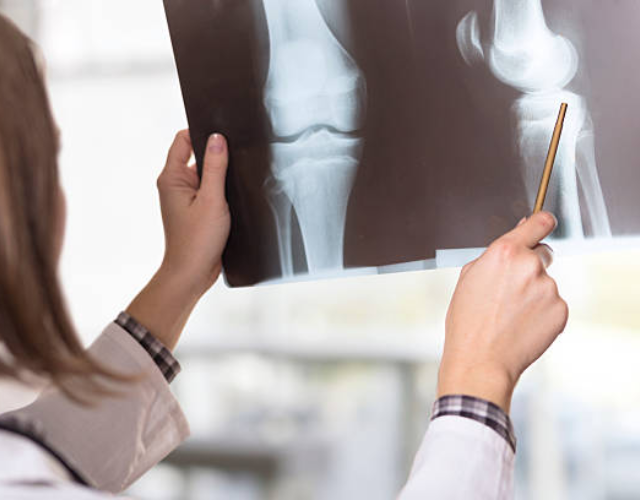
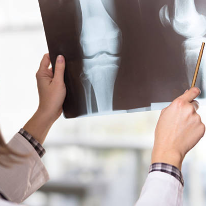
Bone Health
Bone Health
In a study of bone density and calcium retention in postmenopausal women, better calcium balance was found after long term moderate intake of wild blueberries.
View Abstracts

Vision & Eye Health
Vision & Eye Health
Blueberries and anthocyanins have a long history of research in vision and eye health, particularly in Asia. Key research on blueberries, anthocyanins and vision was recently reviewed.
View AbstractsBone Health
In a study of bone density and calcium retention in postmenopausal women, better calcium balance was found after long term moderate intake of wild blueberries.
View AbstractsVision & Eye Health
Blueberries and anthocyanins have a long history of research in vision and eye health, particularly in Asia. Key research on blueberries, anthocyanins and vision was recently reviewed.
View Abstracts
Looking for more health research?
Contact KIT BROIHIER, resident nutrition advisor to the Wild Blueberry Association of North America
Kit Broihier, MS, RD, LD is the Nutrition advisor and spokesperson for the Wild Blueberry Association of North America. She is a Registered and Licensed Dietitian and is the owner of NutriComm Inc., a food and nutrition communications consulting company.
Ms. Broihier received a Bachelor of Science degree in Dietetics from Michigan State University and a Master of Science degree in Nutrition Communications from Boston University.

